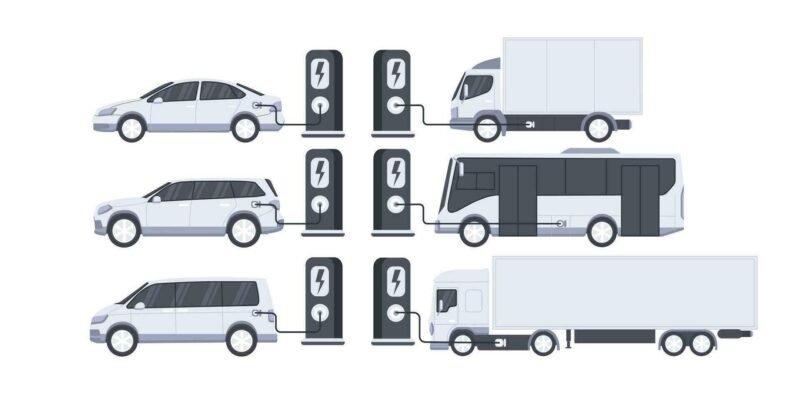In Short : SUVs and Passenger Cars
Nearly unchanged from the previous year, passenger vehicle dispatches in July totaled about 348,000 units, underscoring the continued slowness of demand for compact cars. SUVs defied this trend; Mahindra & Mahindra sold 49,871 SUVs in July, increasing 20% year over year and contributing to a 26% increase in total auto sales to 83,691 units.
Three-Wheelers (E3Ws)
Sales of electric passenger three-wheelers increased to 60,241 units, increasing 8% annually and 17% monthly. Cargo three-wheelers increased slightly to 8,905 units, up 14% year over year and 0.5% month over month.
EV buses and two-wheeled vehicles
Despite improvements earlier in the year, sales of electric two-wheelers (E2W) dropped by more than 4% to 102,871 units, the first year-over-year loss in FY26.
While Honda Motorcycles India dominated the month, historical brands such as TVS (+29% YoY) and Hero (+21.5% YoY) continued to see robust two-wheeler dispatches overall.
The performance of the bus category was subdued: VECV’s overall truck and bus sales increased by just 7.7% to 6,940 units, while bus sales remained unchanged.

Including a Solar Viewpoint: Why This Is Important for Markets for Renewable Energy
Despite not being included in the original article, connections between solar energy deployment and car electrification are becoming more and more significant :
The need for solar-powered charging infrastructure is driven by growing EV fleets. Rooftop and ground-mounted solar systems are becoming more and more important for both public and private charging stations.
The cost of solar panels, solar panel rates, and solar PV modules are crucial to financial planning and system payback since EV charging stations frequently incorporate photovoltaic (PV) installations in metropolitan areas and commercial developments.
How aggressively solar+storage projects are priced, planned, and implemented to support charging stations can be influenced by any change in vehicle adoption rates, particularly with regard to two-wheeler EVs that are plateauing.
Interpretation and Consequences
Strong sales of cars and three-wheelers indicate that several EV segments are seeing an increase in adoption, which supports the quicker rollout of solar-powered charging.
Investment in small-scale rooftop photovoltaic systems that households use for EV charging may be slowed in the near future if two-wheeler growth slows.
The return on investment for expanding EV charging infrastructure across vehicle types will be impacted by policies pertaining to import levies, tariffs, and solar PV module rates.
Since solar panel and solar module prices have a direct impact on the viability of green EV charging installations, it is more crucial than ever to monitor these developments, especially for fleet operators and companies growing the E3W and automobile categories.
The Last Shot
The story of vehicle sales in July 2025 shows a divide: steady rise in SUVs and electric three-wheelers contrasted with a first decline in the growth of electric two-wheelers and a stall in demand for buses. This advises that infrastructure priorities be shifted for clean-energy planners. Prioritize solar-powered fast charging hubs for SUVs and e-three-wheelers, while keeping an eye on the uptake of two-wheelers before making significant rooftop solar expenditures.




